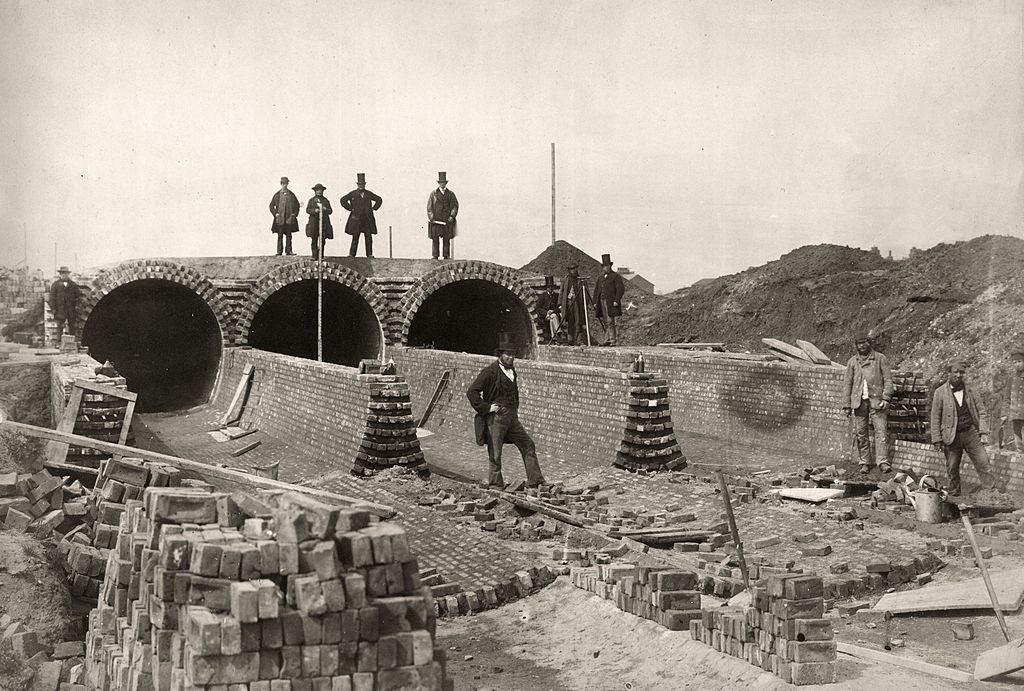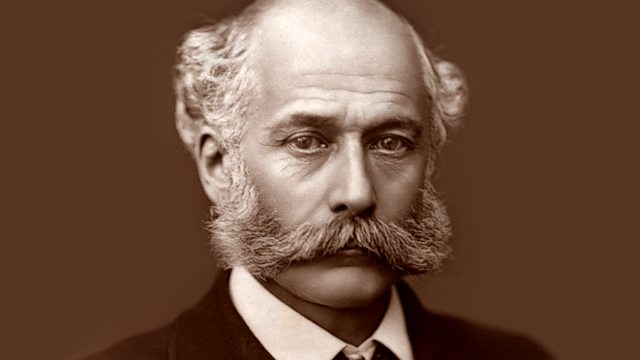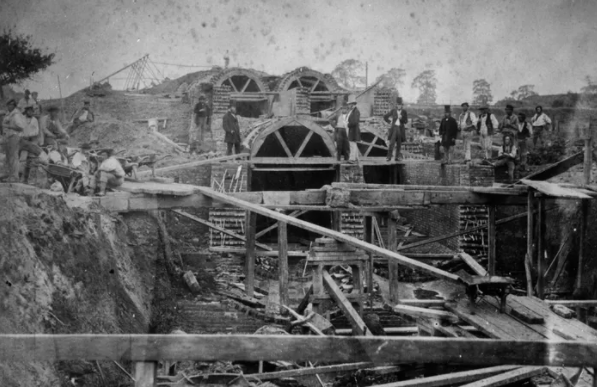In the mid-19th century, London was drowning in filth literally. The Thames River, which flowed through the heart of the city, had become a dumping ground for human waste. Raw sewage was discharged directly into the river, mixing with industrial runoff and household garbage. The result was a stinking, disease-ridden mess.
The city suffered repeated cholera outbreaks, killing thousands. No one truly understood the cause at first. Some blamed bad air, known as “miasma.” Others believed it was just the price of rapid urbanization. But in the summer of 1858, a heatwave intensified the stench so badly that Parliament itself was nearly forced to shut down. This event became known as “The Great Stink.” London’s health crisis had reached a boiling point. It was clear that something had to change.

Enter Sir Joseph Bazalgette
A civil engineer named Joseph Bazalgette was appointed to tackle the impossible: designing a modern sewer system that could clean up London and save lives. He was not just a technician with a blueprint. He was a visionary who understood the long-term stakes of infrastructure done right or wrong.
Bazalgette knew that London’s rapid population growth would only continue. So instead of building a system for the city’s current needs, he designed one that anticipated its future.

The Bold Decision to Build Bigger
Bazalgette’s plan was ambitious. He designed an underground network of intercepting sewers that would carry waste away from the Thames and out of central London. Gravity and carefully calculated slopes would direct the flow toward pumping stations, where the sewage would then be moved farther east and eventually discharged away from the city.
Video:
Why Joseph Bazalgette’s Sewer System Is Still Amazing Today | How The VIctorians Built Britain
But the truly brilliant decision came when Bazalgette sized the sewer pipes. Based on the population of London at the time, he calculated the necessary pipe diameter to handle the city’s waste. Then, instead of following that number exactly, he doubled it.
Some engineers questioned the move. Why make the pipes so large when they were already expensive and time-consuming to construct? Bazalgette responded simply: if the system were to endure, it must be ready not just for today, but for tomorrow. He predicted that London’s population would swell in the years ahead and he was absolutely right.
A Legacy That Still Flows Today
The network Bazalgette designed was officially opened in 1865 and continued expanding for several years afterward. It was one of the largest engineering projects of its time. And more than 150 years later, much of it is still in use.
Thanks to Bazalgette’s foresight, London avoided many of the sanitation crises that plagued other rapidly growing cities. His pipes, some as tall as a person, have managed to handle the waste of a city that now has over nine million residents.

More importantly, the cholera outbreaks stopped. Though it was later discovered that cholera is caused by contaminated water, not bad air, Bazalgette’s system removed both the smell and the source of infection.
His work didn’t just change the way cities manage sewage. It helped usher in the modern understanding of public health and urban planning.
Video:
Joseph Bazalgette’s Bexley pumping station restored (UK) – BBC London News – 28th March 2019
A Lesson in Future-Proofing
Bazalgette’s approach offers a powerful lesson for today’s world. Infrastructure should not be built for the moment. It must be built for what is to come. His oversized pipes seemed excessive at the time, but they proved to be a masterstroke of preparation.
In today’s rapidly changing world, whether dealing with climate change, urban population growth, or aging infrastructure, Bazalgette’s foresight serves as a reminder that the best solutions are often those that plan far beyond the present.

Conclusion: The Engineer Who Quietly Saved a City
Sir Joseph Bazalgette never sought fame, but his impact is hard to overstate. By tackling London’s sewage problem head-on with bold ideas and long-term vision, he didn’t just clean up a river. He saved a city from disease, reshaped how we think about public health, and set a gold standard for civic engineering.
Today, every time London flushes a toilet or survives a rainy day without streets flooding, it owes a quiet thanks to the man who dared to think bigger literally.


